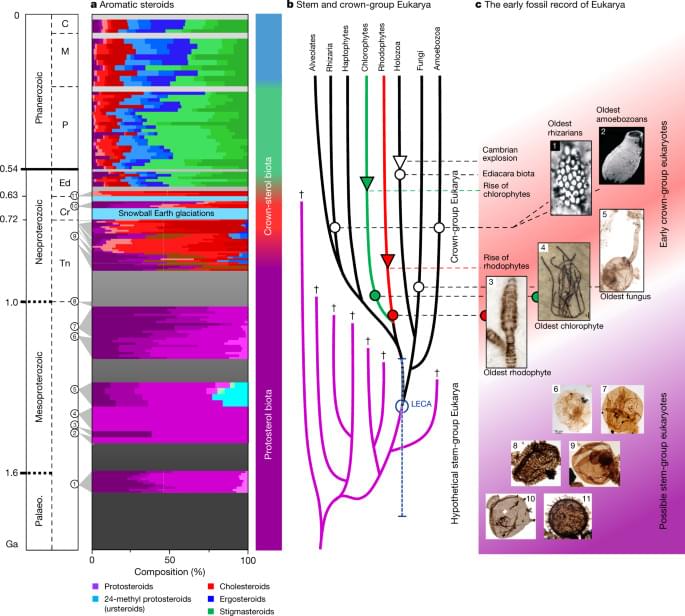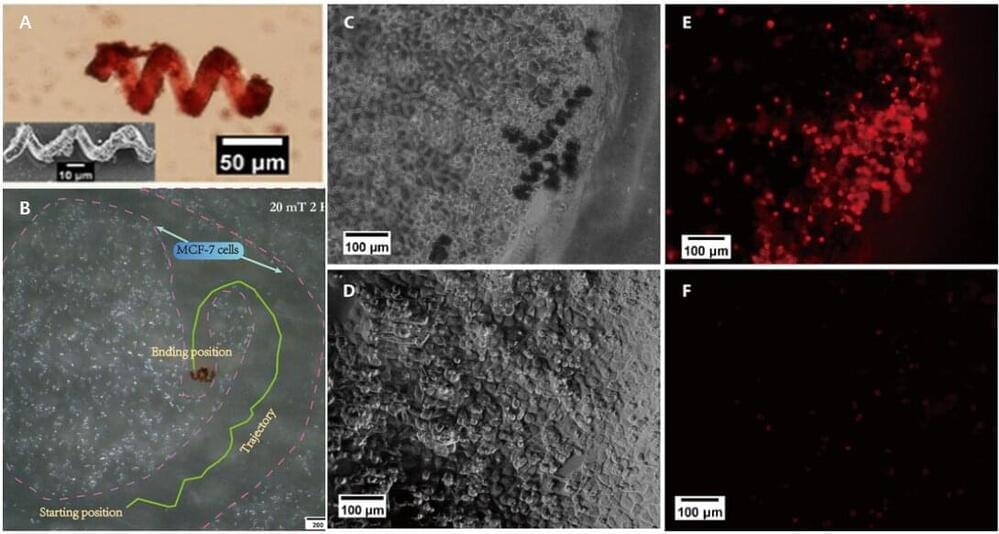Neutrinos at one time it was thought a type of neutrino would become a tachyon.
Neutrinos are bizarre and ubiquitous and may just break the rules of physics.





Summary: Researchers discovered sequence variants in the gene ABCC9 that influence voice pitch.
Utilizing speech recordings from nearly 13,000 Icelanders and corresponding genomic data, the scientists identified common ABCC9 variants associated with higher voice pitch in both men and women. Additionally, these variants were linked to higher pulse pressure, revealing intriguing connections between voice pitch and health.
The study also uncovered a heritable component in vowel acoustics, enhancing our understanding of the human vocal system.

Dark matter, the invisible material that makes up the vast majority of the universe’s mass, may collect itself to form atoms, a new simulation shows.
Those “dark atoms” might radically alter the evolution of galaxies and the formation of stars, giving astronomers a new opportunity to understand this mysterious substance.

Chinese scientists have devised a technique to coat everyday materials like paper and plastic with liquid metal, potentially creating “smart devices.” The method, which involves adjusting pressure rather than using a binding material, successfully enables the liquid metal to adhere to surfaces, a previously challenging task due to high surface tension.
Everyday materials such as paper and plastic could be transformed into electronic “smart devices” by using a simple new method to apply liquid metal to surfaces, according to scientists in Beijing, China. The study, published June 9 in the journal Cell Reports.
<em>Cell Reports</em> is a peer-reviewed scientific journal that published research papers that report new biological insight across a broad range of disciplines within the life sciences. Established in 2012, it is the first open access journal published by Cell Press, an imprint of Elsevier.

Sign up for a Curiosity Stream subscription and also get a free Nebula subscription (the streaming platform built by creators) here: https://curiositystream.com/isaacarthur.
We often discuss cybernetic, genetic engineering, artificial intelligence, and hybrids of them, but what truly is synthetic life? And what is it like?
Visit our Website: http://www.isaacarthur.net.
Support us on Patreon: https://www.patreon.com/IsaacArthur.
Facebook Group: https://www.facebook.com/groups/1583992725237264/
Reddit: https://www.reddit.com/r/IsaacArthur/
Twitter: https://twitter.com/Isaac_A_Arthur on Twitter and RT our future content.
SFIA Discord Server: https://discord.gg/53GAShE
Listen or Download the audio of this episode from Soundcloud: Episode’s Audio-only version: https://soundcloud.com/isaac-arthur-148927746/synthetic-life.
Episode’s Narration-only version: https://soundcloud.com/isaac-arthur-148927746/synthetic-life-narration-only.
Credits:
Synthetic Life.
Science & Futurism with Isaac Arthur.
Episode 333a, March 13, 2022
Written, Produced & Narrated by Isaac Arthur.
Editors:
David McFarlane.
Jason Burbank.
Jerry Guern.
Cover Art:

The limited ability of microrobots to assist drugs in entering cells hinders their therapeutic efficacy. To address this, a research team, reporting in Cyborg and Bionic Systems, has introduced the cancer-targeting molecule folic acid (FA) to microrobots to promote drug uptake by cancer cells via receptor-ligand-mediated endocytosis. This results in a drug delivery system that can locate lesion areas with magnetic fields and deliver loaded drugs into the cytoplasm through endocytosis.
Untethered microrobots have shown remarkable achievements in various fields such as minimally invasive surgery, drug delivery, environmental remediation, and tissue engineering. Magnetic field actuation is a widely used method due to its good biosafety, deeper tissue penetration, and high temporal and spatial control.
However, practical problems arise when microrobots delivering drugs may only be able to deliver the drugs to the area around the cells but cannot assist the drugs to enter the cells. This limitation could potentially reduce the effectiveness of the treatment since the drugs may not reach the intended targets within the cells.